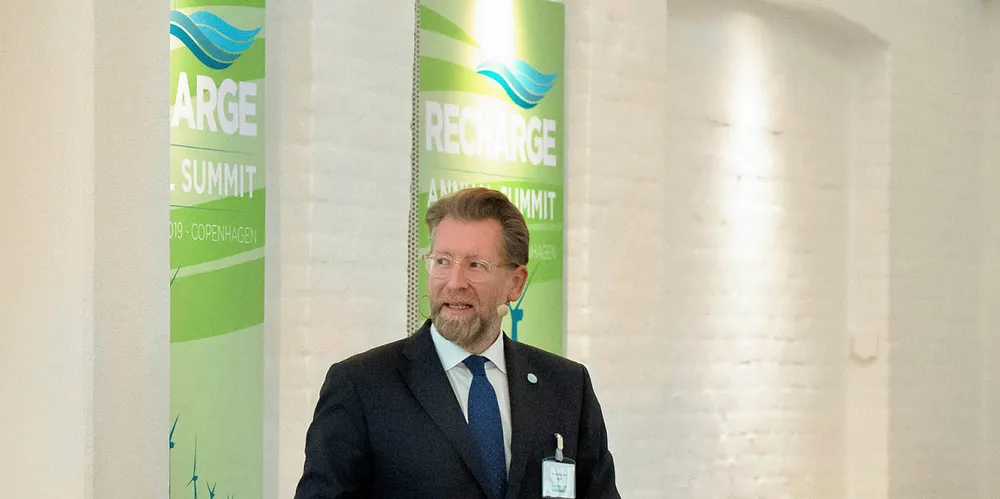'Floating wind is finally getting the recognition so few dared to give it only a short time ago'
Though still in its infancy, floating wind is about to see an unprecedented growth spurt as the global energy and finance sectors start investing, writes Bruno Geschier
